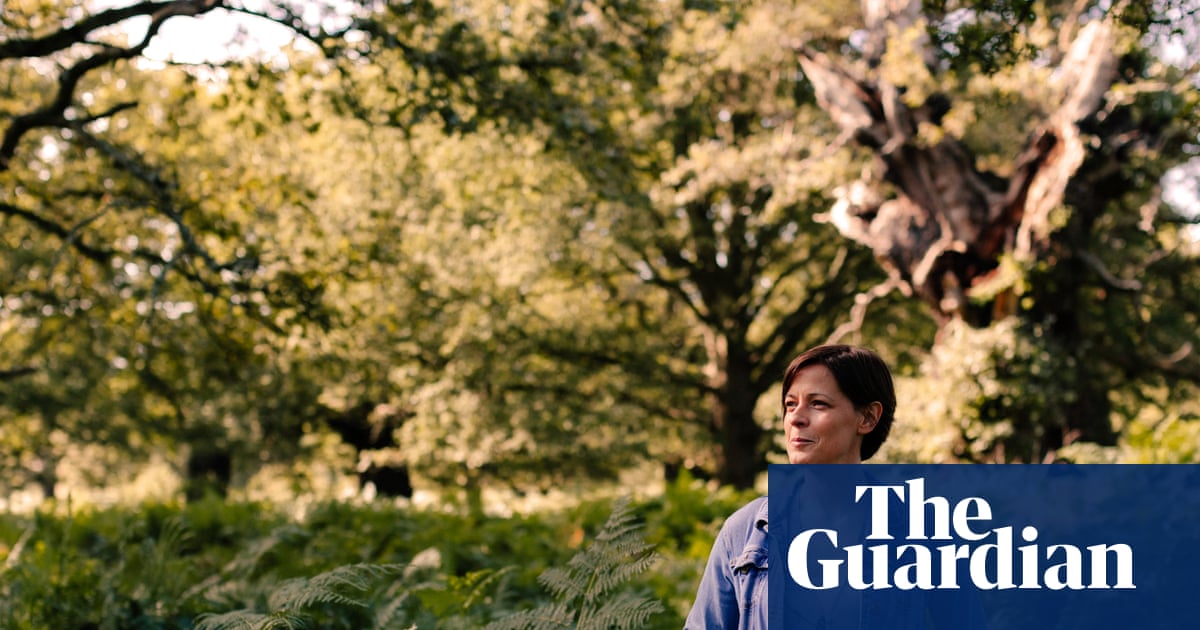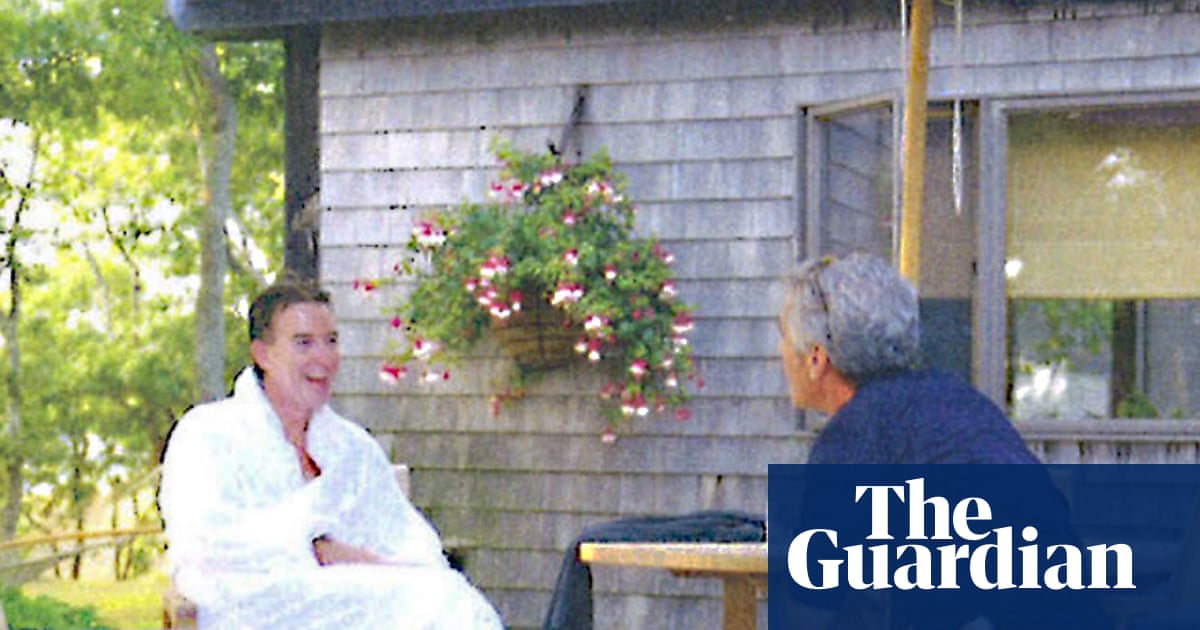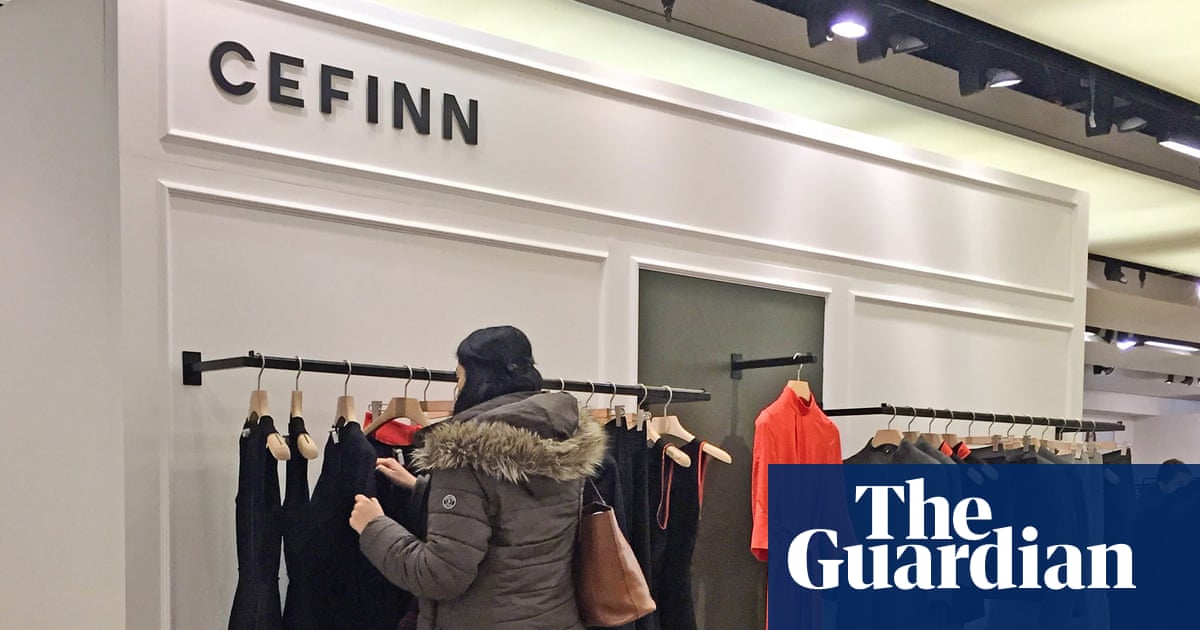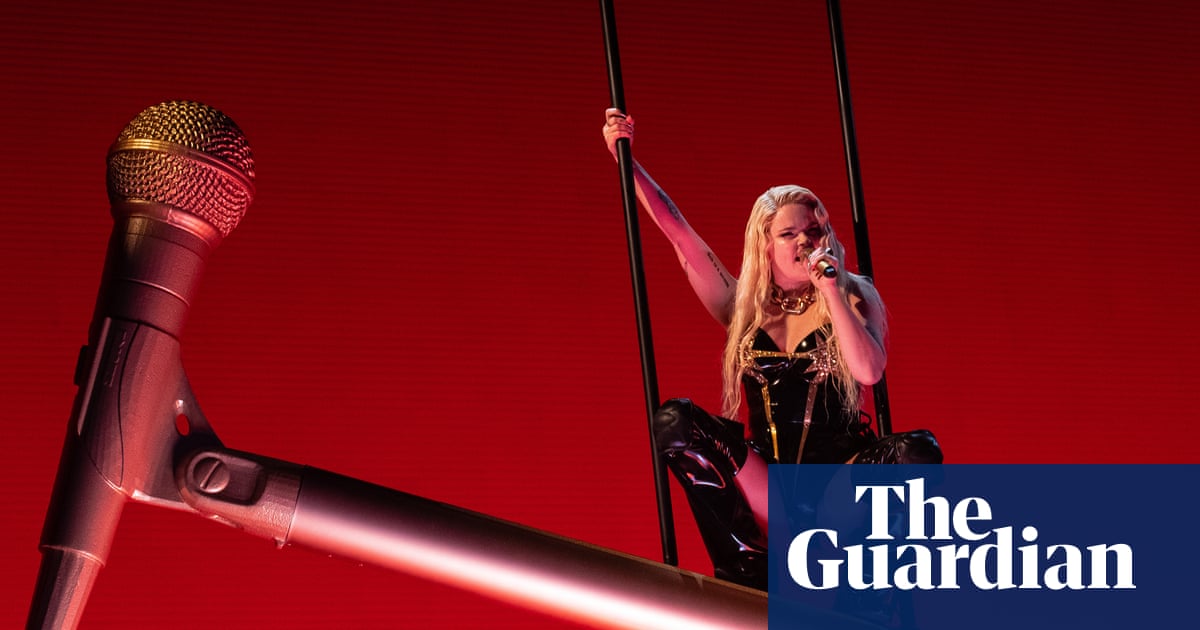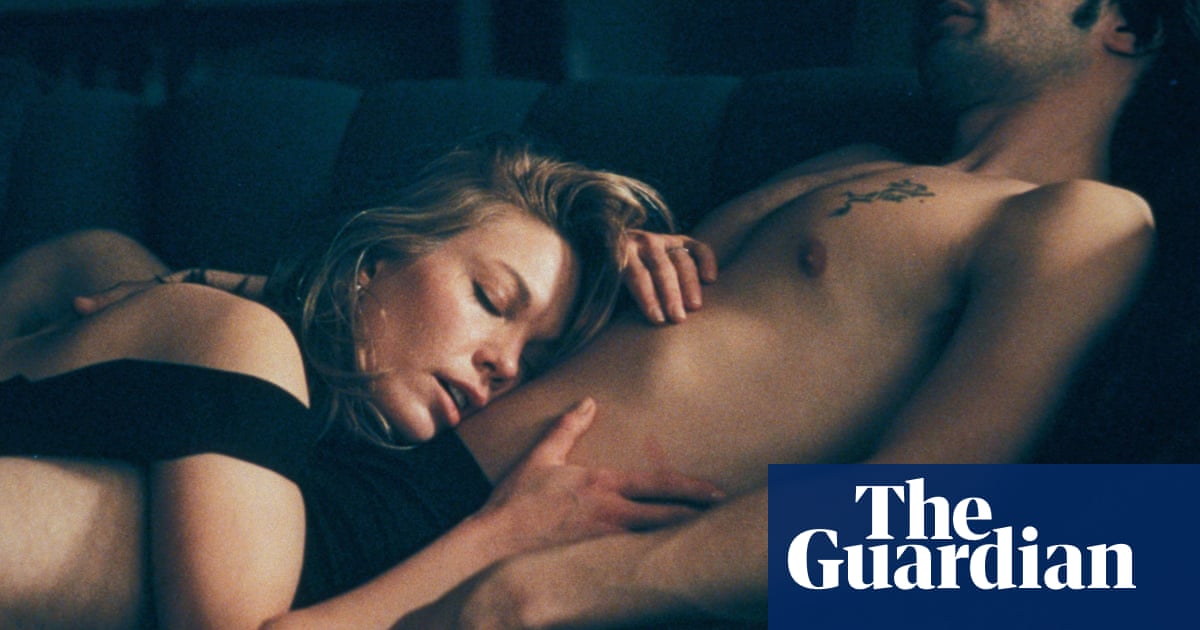The sound of a baby crying echoes eerily in the night sky, seemingly coming from the uninhabited Zaklopatica islet that faces the terrace of our holiday rental in Lastovo. “Do you think that’s a bird?” I ask my husband. “At this time of night? Doubt it,” he says.
Fast forward a couple of days and we’re in a park ranger’s motorboat bumping around the far-flung Lastovo archipelago in the Adriatic. All its 46 islands (including the main Lastovo island), islets and reefs were declared a nature park in 2006. By luck, I’m with the ornithologist whose discovery of the nesting sites of some of the Mediterranean’s most endangered birds – yelkouan and Scopoli’s shearwaters – was instrumental in Lastovo getting the official protection it deserves.
Between Robert Crnković, a retired army officer turned full-time ornithologist who surveys the birds here several times a year, and Alexandra Horvat, Lastovo nature park’s head ranger, I’m getting a crash course in the region’s birdlife and biodiversity. Robert points to our right. “Oh look – shearwaters! You can see them sniffing the water. They’re searching for food.” He mentions that yelkouan and Scopoli’s shearwaters are breeding on the islet within sight of my holiday apartment. “Maybe at night you can hear them calling like a baby crying … ”
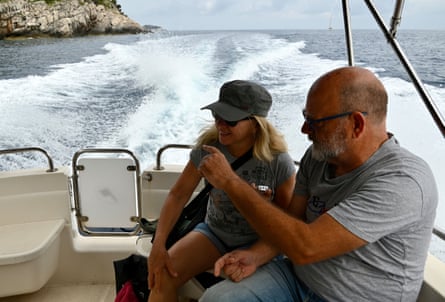
That’s one mystery solved. Here on one of Croatia’s most remote inhabited islands – next stop, Italy – I am uncovering Lastovo’s secrets. Time slows down on that terrace as I watch go by in Zaklopatica Bay – fishers cleaning their catches, older ladies chortling after a boozy lunch, young boys driving and mooring their boats. Ladders and steps along the quayside turn the bay into one giant swimming pool, where I jump into impossibly clear waters. On the horizon is bigger, busier Korčula.
On the northern coast, wooded cliffs and the shearwater-inhabited islet give Zaklopatica bay plenty of natural shelter. Three waterside restaurants do a roaring trade feeding the yachting crowd.
Among measures introduced to protect the marine ecosystem, particularly the posidonia seagrass, is a system of “ecological mooring”, using buoys instead of anchors. Boats need an entrance ticket to enter the archipelago too, while rangers look out for illegal fishing and diving, and maintain 125 miles (200km) of footpaths and hiking trails on a hilly island that’s 70% covered in forests.
I’m quickly getting a sense of Lastovo’s fragility, and the battle to keep it from going the way of other parts of Croatia’s overdeveloped coast and islands. Despite its natural park status, there are fears things could change. Diana Magdić in the tourist office worries the protection may not be enough, and estimates that Lastovo has about 10 years before unscrupulous developers exhaust other areas and try to do the same here.
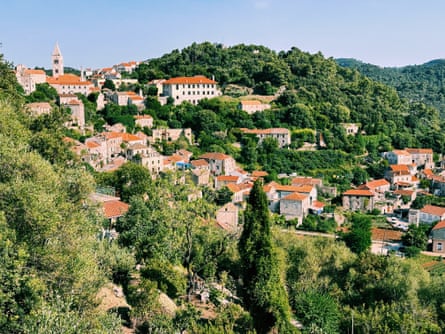
For now, the island remains gloriously unspoilt. Lastovo town lies a few hundred metres inland from the coast – this distance was useful centuries ago, when marauding pirates brought violence and fear to locals’ lives. The village’s 15th- and 16th-century stone houses with colourful shutters sit alongside vineyards, olive groves, orchards and market gardens whose produce ends up on local restaurant plates when it’s not being bartered among neighbours.
A squiggling road leads us downhill from the village to pretty Lučica Bay, where fishers’ cottages squeeze around a bay too narrow for anything bigger than a dinghy. At compact Konoba Lučica, we sit at one of the restaurant’s two outside tables with a romantic sea view. We dine on grilled squid served by owner-chef Ante Kovačev, who fell in love with this spot after being stranded here on a sailing trip and left his home in Šibenik to set up this enchanting pint-sized place.
after newsletter promotion
Meanwhile, on the south coast, a giant comma-shaped peninsula of scrub-covered cliffs curves around the calm waters of Skrivena Luka, literally meaning hidden harbour. Here we find Porto Rosso, a restaurant and nautical centre whose numerous terraces hover over a pine-shaded beach. Although it’s mid-June, the summer season hasn’t kicked off yet, so we have an absurd amount of empty space in which to lounge after a satisfying lunch of seafood risotto. Gazing at the sea and swimming in transparent waters, we allow the afternoon to slip by in total relaxation.
Lastovo does this to people. When we decamp from Zaklopatica and cross the little bridge to Prežba, the archipelago’s only other inhabited island, I immediately fall in love with the huge flower-filled terrace in our roomy apartment overlooking Malo Lago Bay in tiny Pasadur village. The atmosphere is less yachtie than Zaklopatica, and the peaceful bay looks more like a channel, flanked by wooded hills. “You’ll have to drag me from here,” I warn my husband.

Pine-shaded coves are tucked into Prežba’s indented coast, also pockmarked by old naval tunnels and bunkers from the days before 1988, when Lastovo was a military base and closed to tourists. Although the beaches beckon, we are again seduced by the ease of jumping into the clean waters from the sunny quayside.
It takes five hours to get to Lastovo from Split via two ferries, and three hours on a catamaran from Dubrovnik (leaving you reliant on the island’s sole bus that is actually a minivan). It won’t suit everybody (thank goodness), especially drunk partygoers from Hvar who get on the wrong boat and wonder where all the cocktail bars and nightclubs are (answer: there aren’t any, and yes, this does happen).
For Diana in the tourist office, who, like Alexandra Horvat, originally came from Zagreb, Lastovo harks back to 1980s Yugoslavia, “when every tourist was a guest, a friend”. Lastovo just made a new friend.
Studios in Apartments Marija in Zaklopatica from £60 a night (minimum two-night stay). Studios in Villa Agata in Pasadur from £64 a night. Ferries from Split to Ubli, Lastovo, run three times a day with Jadrolinija, and passenger-only catamarans run once a day from Dubrovnik to Ubli with TP Line

 3 months ago
50
3 months ago
50

